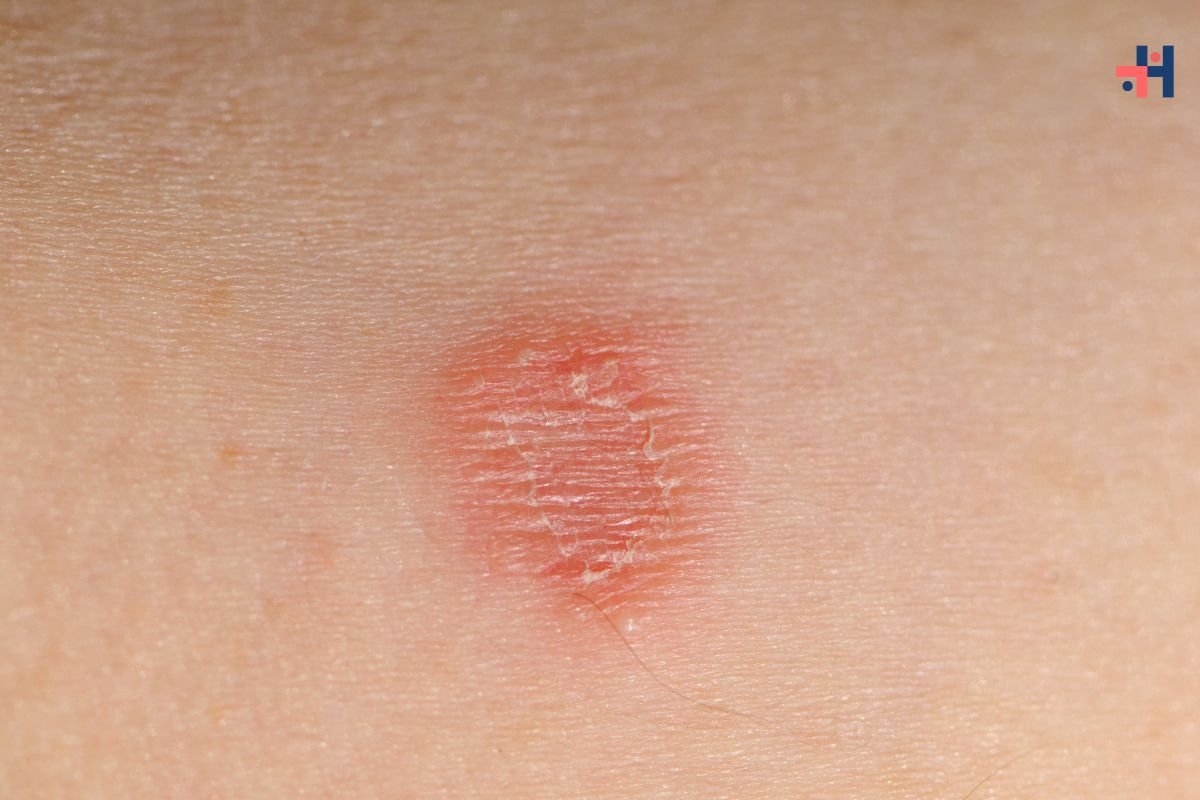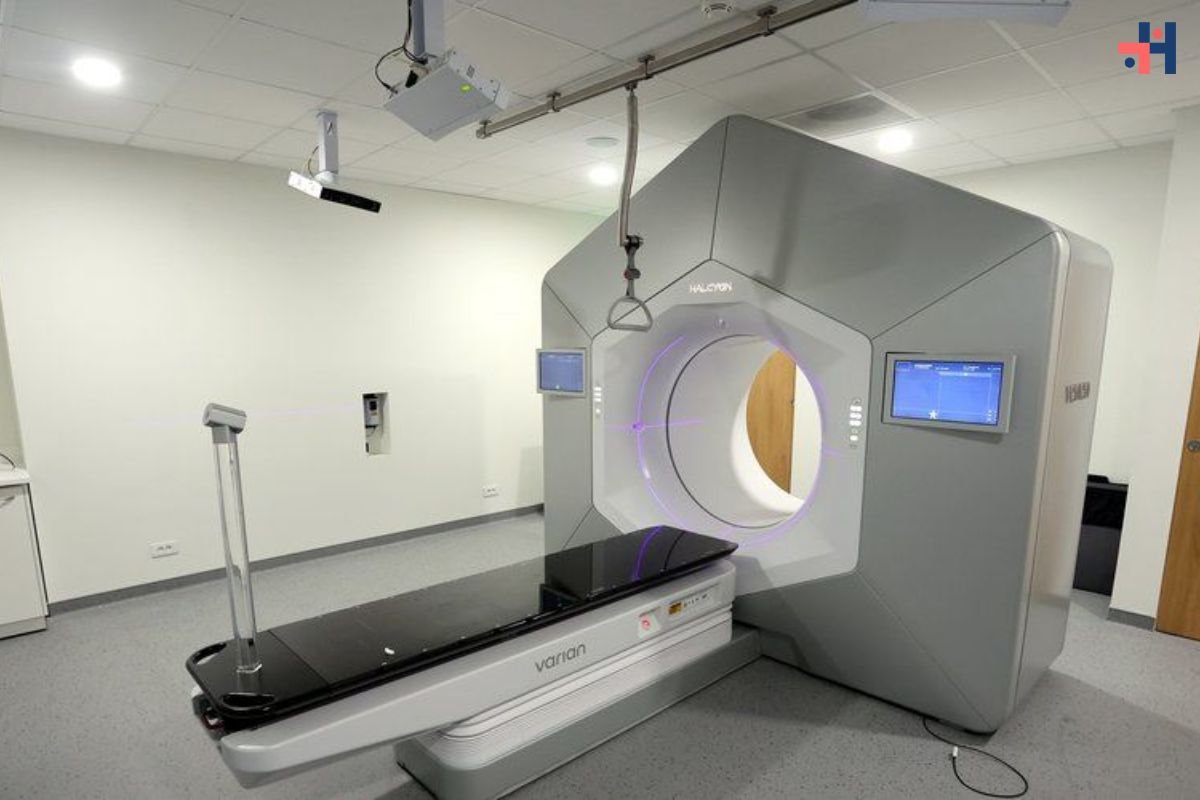The United States is grappling with an unprecedented surge in syphilis cases, marking levels not witnessed since 1950, as revealed by new data from the Centers for Disease Control and Prevention (CDC). The report indicates a 17 percent increase in syphilis cases in the past year and a staggering 80 percent surge in the last five years. Experts express deep concerns over the worsening epidemic, especially with Congress contemplating funding cuts for the crucial workforce combating sexually transmitted infections (STIs).
Unprecedented Numbers and Growing Threats of Syphilis Cases
In 2022, over 2.5 million cases of syphilis, gonorrhea, and chlamydia were reported in the U.S., with syphilis and congenital syphilis epidemics causing the most alarm. The CDC reported 207,255 syphilis cases across various demographics, including newborns. Disturbingly, cases of congenital syphilis reached a 30-year high, affecting more than 3,700 infants in 2022, indicating a tenfold increase over the past decade.
While reported cases of gonorrhea showed a decline, and chlamydia cases remained steady, the resurgence of syphilis raises concerns. Once nearly eradicated in the 1990s, syphilis is now making a comeback due to persistent underfunding of public health, rising substance use rates, and a growing mental health crisis.
Threat to Mothers and Infants
Congenital syphilis poses a severe threat, with over 3,700 infants born with the infection in 2022. The disease, impacting both red and blue states, has seen a tenfold increase over the last decade, with states like Texas, California, Arizona, Florida, and Louisiana representing 57 percent of reported cases.
Experts warn that the healthcare system is ill-equipped to combat this surge. Health departments are still reeling from the impact of the COVID-19 pandemic, and with the looming cuts of $400 million in public health workforce funds, there is growing apprehension about the ability to address the epidemic effectively.
Syphilis rates soar in U.S., up in North Carolina
Impending Workforce Cuts and Concerns
The National Coalition of STD Directors reveals that states might need to lay off around 800 disease intervention specialists if Congress proceeds with the proposed cuts. Despite knowing the necessary measures, like rapid testing and outreach programs, the lack of funding and personnel remains a critical obstacle.
Racial and ethnic minorities bear the brunt of the syphilis surge, with Black Americans constituting about 30 percent of primary and secondary syphilis cases. Native American/Alaska Native people exhibit the highest rates, with 67 cases per 100,000 people.
Public health officials emphasize the urgent need for resources to combat the escalating syphilis epidemic. The proposed workforce cuts, coupled with the repercussions of the pandemic, could significantly hinder the ability to address this public health crisis effectively.
In the words of Scott Harris, the State Health Officer of Alabama, “There’s no question that during the pandemic, public health was busy doing a lot of other things, and we diverted a lot of people and resources and just attention … and that probably caused us to lose some ground on the progress that we’ve been making.”
As the nation grapples with this alarming surge, the plea is clear – securing the necessary resources and funding is crucial to curbing the syphilis epidemic and protecting the health of communities across the country.










